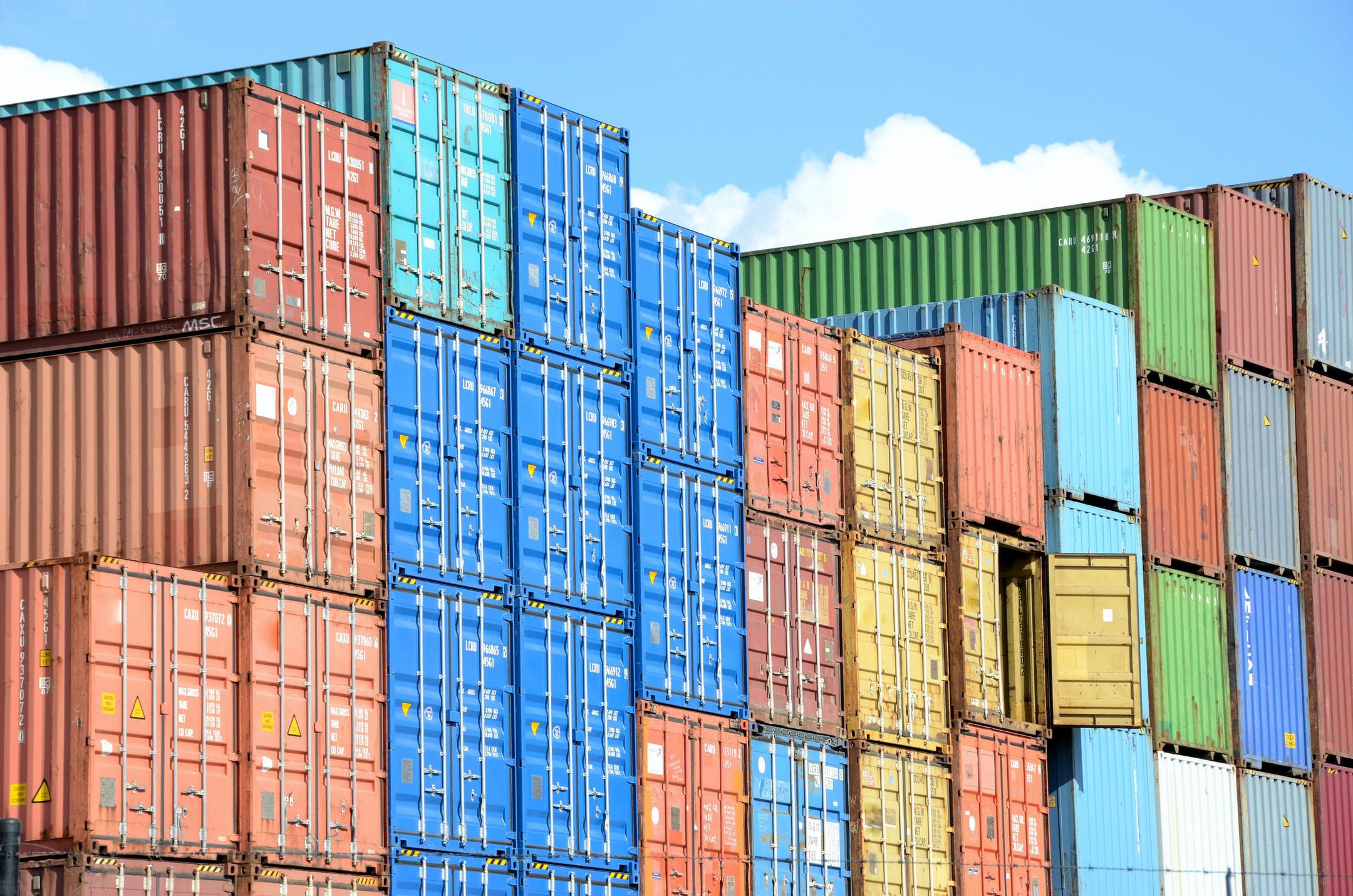If your business regularly ships hazmat products or materials, failing to follow strict guidelines can result in fees due to non-compliance. Regulated heavily on a global level, hazmat material shipping should be taken seriously by businesses.
Shipping items deemed as Hazardous Materials by the Department of Transportation is a complex process that’s often challenging to navigate without proper training. In fact, the DOT requires that you be trained and certified before shipping hazardous materials. Learning how to properly classify, identify, label, mark, package and document hazmat materials is critical for staying compliant. Additionally, if your business is found to have willfully ignored hazmat shipping regulations, you could potentially face legal criminal charges.
So, to help give you a basic overview of good hazmat shipping guidelines and practices, CARGOpak has put together this article. Keep reading to learn more about what classifies as hazmat and what steps you’ll need to take to ship these materials safely.
The very first step in packaging and shipping hazmat materials begins with the proper classification and identification of the product itself.
Hazmat Classification & Identification
Before anything else, it’s imperative to determine the classification your hazmat material falls under. There are nine basic classes of hazardous materials with some being broken down further into divisions. Along with the classification, the material (or article) requires more specific details be provided to establish it's basic description. This basic description involves a unique four digit UN identification number, a proper shipping name, the hazard class or division aand possible subsidiary risks and a packing group depending on the degree of danger within certain classes or divisions. There are approximately three thousand basic descriptions found in the various global regulatory organization's references. Domestically in the US we have the DOT's Hazmat Regulations or HMR, internationally we have the IMO's IMDG Code for vessel and for aviation ICAO's Technical Instructions. These are all connected, in whole or in part, as part of the Global Harmonization System identification process and although not completely mandatory it is usually done when the product is initally created and is shown in Section 14 of the product's Safety Data Sheet.
Packaging
Depending on the quantity and type of hazardous materials you’re shipping, specific packaging will be required by the various regulatory agencies. UN specification packaging or Performance Oriented Packaging including hydrostatic pressure testing for packaging intended to contain liquids, for example, is required for all liquid dangerous materials shipped by air. If performance packaging is necessary, you must follow the manufacturer’s packaging instructions when assembling and closing the packaging. Unless specifcally provided for, no variations from the originally tested configuation are allowed.
In addition, if a package contains more than one hazardous material, the components, if incompatible, should be separated and shipped by themselves.
There are certain exceptions for limited quantities and excepted quantities which provide relief from the UN specification packaging restrictions. Depending on the mode, there are a various degrees of exceptions that can be applied. The properly trained hazmat employee would know of these and can save the employer considerable unnecesary costs.
Marking and Labeling
For the fully regulated hazmat package you, the shipper, are responsible for the proper marking and labeling. Adjacent to the labeling you must include the proper shipping name and UN identifcation. Furthermore, you’ll want to include the shipper’s and consignee's information.
Depending on the capacity, all liquid hazmat materials should be kept in a specific orientation while being shipped. This is indicated with orientation arrows on opposite vertical sides, Others, such as certain organic peroxides, should be kept away from heat and direct sunlight. Proper labeling helps keep the carrier and anyone else who handles the package safe from harm.
Documentation
Along with identification on the package, shipping papers are another essential component of hazardous communication during the consignment of hazardous materials. Each mode has different requirments in the format (e.g. red candy stripes are required on opposite sides of the form) and also how the details contained on the shipping paper are described .
A good example of how different the modal requirements are, is shown in how the requirement to include the technical name for a material that has a generic description such as UN1993, Flammable liquid n.o.s. The DOT uses the symbol 'G', IATA/ICAO uses an asterix after the description and the IMDG code requires it be included when the special provision 274 is indicated in the list of DGs.
Carriers
Different carriers will have differenct options and policies for hazmat materials. If shipping by air, carriers officially called 'Operators', may have published special provisions.
Before you choose one carrier over another, it can be helpful to compare their requirements, rates, and of course, total shipping time.
Contact the Hazmat Shipping Experts at CARGOpak for Training and Best Practice Guidelines
Before your business is allowed to ship hazmat materials, you’re required by the DOT to have specific training. Understanding how to properly identify, label, and package hazardous materials is crucial for compliance and avoiding legal action. Employees who ship and handle hazmat materials should be trained in four different areas: general awareness training, job-specific training, safety training, as well as security awareness.
At CARGOpak, we offer hazmat shipping consultations and training that are tailored to your specific business. To get started, fill out a needs assessment form so we can learn more about your business, and help you determine the kind of training you will need.
